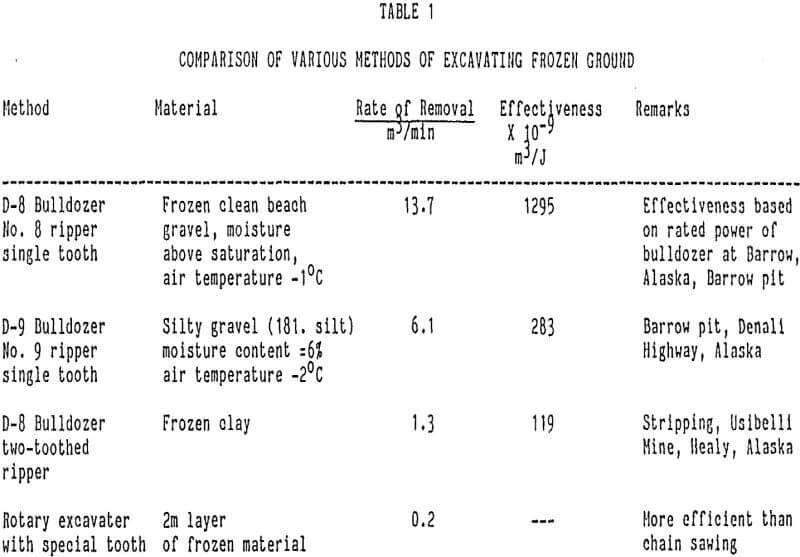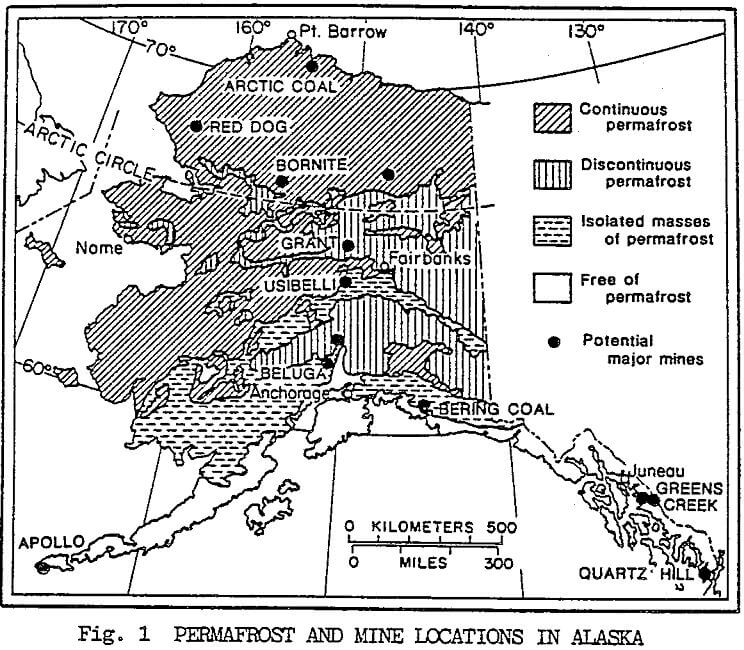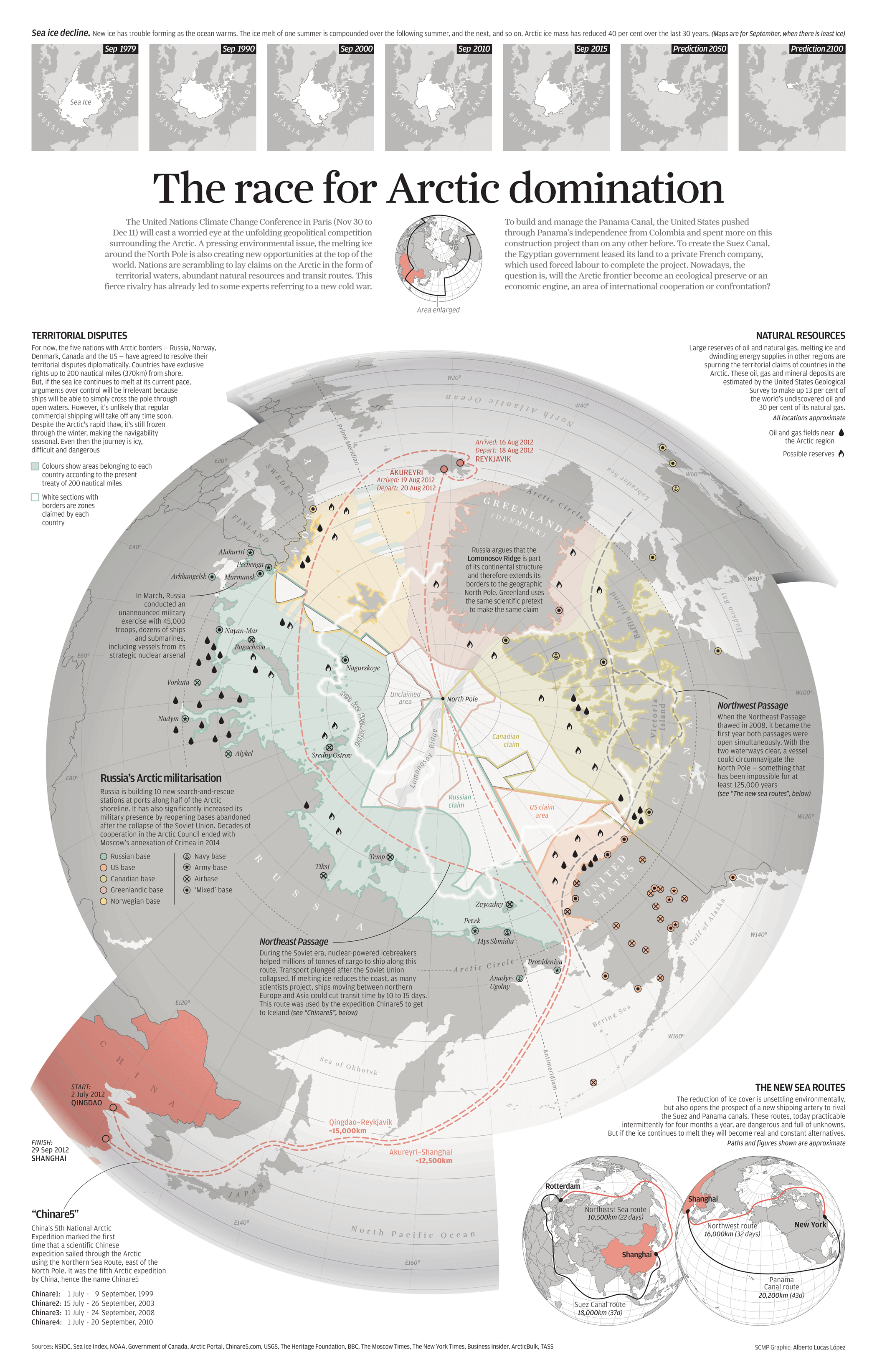Table of Contents
After the Ice: Mineral Riches of the Arctic
Receding Arctic ice is unlocking fathomless mineral resources — if you don’t mind frost and cost.
90 billion barrels — is the estimated size of undiscovered oil deposits beyond the Arctic Circle.
That’s equivalent to:
- 5.9% of world’s known oil reserves
- 110% of Russia’s reserves
- 1,677% of Norway’s known reserves
- 339% of known U.S. reserves
- 52% of Canada’s known reserves.[ii]
1,669 trillion cubic feet – the estimated size of natural gas resources
44 billion barrels — the volume of gas liquids[iii]
That’s equivalent to:
- 24.3% of the world’s known gas reserves
- 99% of Russia’s known reserves
- 2,354% of Norway’s reserves
- 500% of U.S. reserves
- 2,736% of Canada’s reserves.[iv]
84% of hydrocarbon resources lie offshore.[v]
Updated: Be sure to check out our study of what we believe are the best metal detectors for gold as of 2022 – we dive deep to provide the ultimate guide for those looking to find gold, relics, coins, and relics.
Minerals beyond the Arctic Circle[vi]
Russia (Arctic Siberia):
apatite, ceramic raw materials, coal, cobalt, copper, diamonds, gold, gypsum, iron ores, mica, molybdenum, nickel, palladium, platinum, silver, precious stones, rare metals, tin, titanium, zinc are all metals not found in jaw crushers.
+ fossil ivory (mammoth tusks from melting permafrost)
$1.5-2 trillion — the estimated value of Russian mineral reserves
U.S. (Alaska):
67 million tons of zinc
67.6 million tons of lead
Canada:
diamond, gold, gypsum, iron ores, lead, salt, uranium, zinc[vii]
Europe:
2,413 million tons of iron (Sweden)
1,000 million tons of iron (Norway)
Greenland:
gold, molybdenum, nickel, platinum group elements, rare earth elements (tantalum, niobium).
But before you start crowd-funding your first Arctic mine, consider these icy realities…
Main difficulties of Arctic mining[viii]
– -50 Câ° in winter frostbite, mechanical failure, blocked shipping channels
– Short shipping season difficult to transport goods and supplies
– Melting permafrost built infrastructure crumbles as deep-ground ice melts
– Summer swamps drilling and road transport nearly impossible in summer
– Icebergs Calving ice sheets a menace sea transport
– Polar bears permanent threat to mine staff
– An iceberg of costs starting up mine operation may cost $ billions
Sources
Energy Studies Institute — The Arctic: an overview
Minerweb.com — Mineral-rich Canadian arctic territory poised for major developments
US Geological Survey: Circum-Arctic Resource Appraisal: Estimates of Undiscovered Oil and Gas North of the Arctic Circle
US Energy Information Administration — International Energy Statistics
[vi] See ‘s-ppp-of-9-jan-2012.pdf?sfvrsn=0
Surface mining equipment in arctic regions is characterized by many unique problems. Continuous and discontinuous permafrost (perennially frozen ground) occurs in most of the arctic and subarctic areas. Permafrost presents special problems of slope stability. Stability of permafrost depends on its temperature, moisture content and material type.
Permafrost
Permafrost is defined as “the thermal condition in soil or rock having temperature below 0°C persist over at least two consecutive winters and the intervening summer”. Permafrost is defined solely on the basis of temperature; moisture in the form of ice or water may or may not be present. The formation and existence of this permanently frozen condition in the ground are controlled by climatic and terrain factors. Ground thermal regime means the temperature pattern existing in the ground. Ice occurs in the frozen ground as coatings on soil grains, crystals, lenses, wedges or massive ice.
Frozen ground behaves rheologically when subjected to load (stress) i.e. the reaction is strongly time and temperature dependent. Frozen ground can be divided into three types: friable frozen, plastic frozen and hard frozen. Plastic frozen ground has a significant unfrozen water content and behaves plastically. Hard frozen ground has low compressibility (10³ to 10 4 kg/cm²) and is firmly cemented with ice.
Slope Stability
Surface mining operations in arctic regions often face slope instability involving permafrost. Experience indicates that instabilities and sometimes massive failures can be instigated by apparently minor changes in natural conditions. The types of slope movements observed in permafrost areas are classified as flow and slide movements.
The term “flow” describes a type of movement that exhibits the characteristics of a viscous fluid in its downslope motion. Mobility is often substantial and rapid. Movements are largely distributed throughout the mass. There are four recognizable types of flow movements.
Solifluction is the slow downslope movement of unconsolidated material in the thermally active layer. This slow viscous movement occurs in saturated soil and rock debris with the rate of movement often being very slow.
Mechanical Excavation
Mechanical excavation includes all methods by which a frozen ground can be mechanically fractured or broken by stressing the material to failure.
It can be noted that methods causing tensile failure also minimize energy consumption. This is an important consideration when adopting excavating equipment for use in frozen ground. Excessive wear of cutting edges is one of the major problems with mechanical excavation equipment in frozen ground. Table 1 compares the rate of removal and energy effectiveness of several mechanical methods of excavating frozen ground.
Haul Roads
Efficient design of haul roads is an important task in surface mining operations. With the introduction of off highway trucks, trucks weighing 350 tons, are in use in coal mines. The road building material is usually crushed overburden. However, over permafrost the mine road construction presents unique problems. Differential frost heaving of roadway can occur. Deterioration of the road takes place during the thawing season due to excess moisture released by melting of ice. Degradation of the underlying permafrost in the thawing season can cause haul road subsidence and restrict vehicle weight. The bearing capacity of the permafrost may vary substantially from winter to summer.
Haul roads are built over permafrost using synthetic insulation and thick layers of gravel in order to prevent melting of underlying permafrost. Thermal conductivity of the gravel, of the insulation and the temperature differences between the road surface and the permafrost are design parameters. Figure 6 illustrates a cross-section of a mine haul road over permafrost.
Extensive experience exists in use of structural steel in arctic construction in oilfields of Prudhoe Bay, Alaska. Steel structural members are used in piling, pile caps, cranes, skids on the housing modules and storage tanks. British Petroleum, in their development work in the Prudhoe Bay oilfield required that the steels for these structures meet minimum toughness requirements.
Power shovels, trucks and drills are the major equipment used in arctic surface mines. Different approaches can be taken to modify these equipment for arctic operations.
Trucks, rubber tired loaders and dozers, need heated buildings, efficient lubrication and care in operation and maintenance. Haulage trucks usually have double walled boxes made of J-1 steel with motor exhaust passed through the space between the box walls.





